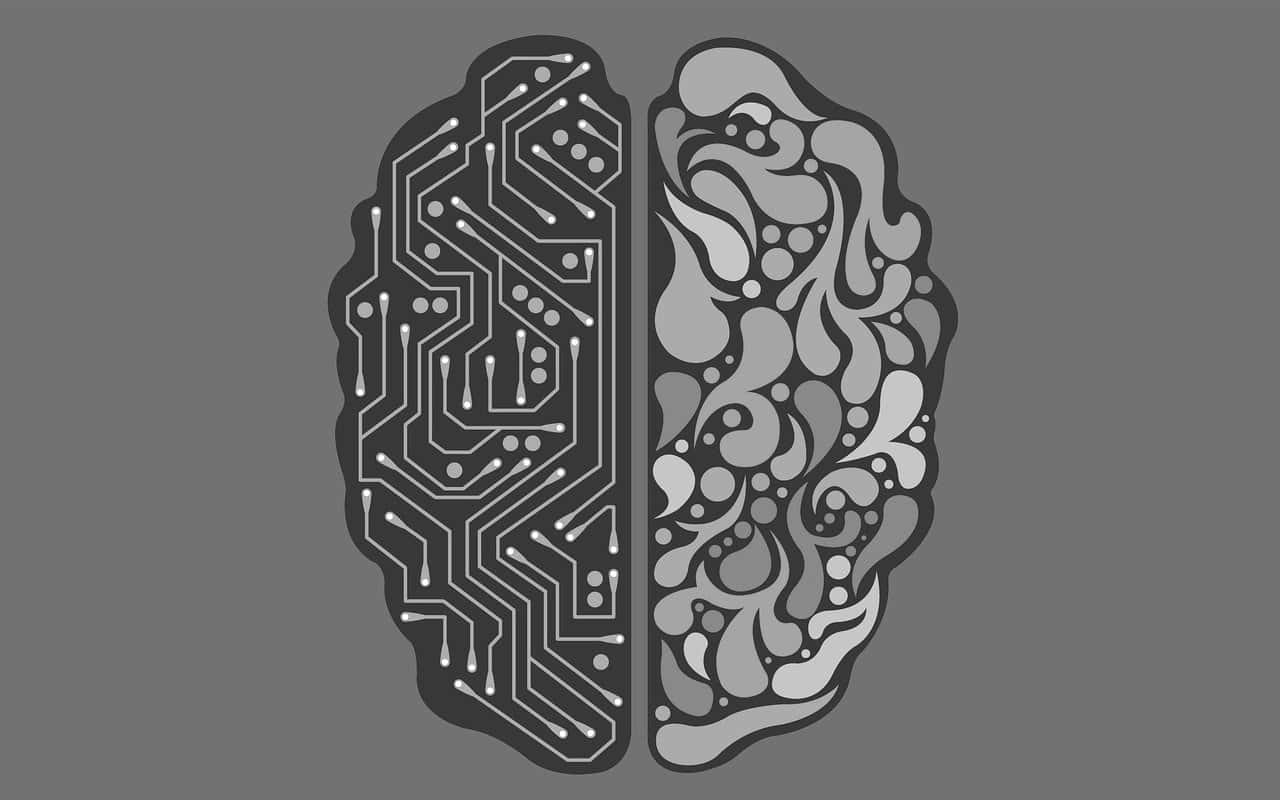In scientific research, stroke survivors experienced a significant improvement in upper body mobility from deep brain stimulation (DBS), a technique used for Parkinson’s patients. The study, which involved twelve subjects with unilateral upper body weakness, revealed that nine participants experienced a meaningful improvement in arm and hand movements after treatment.
Stroke survivors experienced remarkable improvements in upper body mobility from deep brain stimulation (DBS); DBS implants electrodes that deliver mild electrical pulses into the cerebellum to improve neuron excitability and form new connections; post-stroke function; Participants showed tangible improvements in daily tasks, underlining the potential of DBS to reshape post-stroke recovery.
Unlocking the potential of deep brain stimulation
The growing application of deep brain stimulation (DBS) represents a new frontier in the treatment of mobility problems after stroke. Originally used as a treatment for Parkinson’s disease, DBS has been successfully adapted to help stroke survivors regain their lost mobility. The research, published in Nature Medicineinvolved a group of twelve stroke patients who had experienced weakness on one side of their upper body.
In the DBS procedure, electrodes are surgically implanted in the cerebellum – the part of the brain that plays an important role in motor control. These electrodes send out mild electrical impulses that stimulate the brain and increase the excitability of neurons near the damaged area. This stimulation encourages these neurons to form new connections, potentially bypassing the areas affected by the stroke.
A hopeful future for stroke survivors
After surgery, patients underwent two months of physical therapy, followed by four to eight months of electrical stimulation while physical therapy continued. The results were promising. Nine of the participants experienced significant improvements in hand and arm movements. In addition, these improvements were quantifiable, with a median improvement in hand and arm function increasing by seven points after stimulation was turned on, compared to the modest gains achieved by physical therapy alone.
In addition, the benefits of DBS were not only statistically significant, but also translated into improved daily functioning. Participants were better able to perform everyday tasks, such as using a comb, picking up a cup and turning on a light switch. The improved functionality was not temporary, as the benefits of DBS persisted through the 10-month follow-up.
New brain analysis provides better insight into mental illness
Large individual brain differences are visible in autism, depression and other disorders. That is the conclusion of the research published by Radboudumc and Monash University.
Extension of the recovery period
One of the most encouraging findings of the study was that the participants had been disabled for more than a year before treatment, suggesting that the recovery period may be longer than previously believed. This is a groundbreaking revelation that offers hope to many stroke victims who thought their chance for recovery was over.
However, it is important to note that DBS is not a panacea. Severely disabled patients benefited less from the treatment, indicating a possible limit to the effectiveness of DBS. While the research is promising, it underscores the need for further research to determine which patients are good candidates for DBS.
DBS and Spinal Stimulation: A Combined Approach
In parallel with the DBS study, researchers are also investigating the potential of spinal cord stimulation to restore mobility in stroke patients. This treatment implants a device that sends electrical pulses to the spinal cord to improve muscle activation weakened by the stroke. Patients who received continuous electrical stimulation for four hours a day, five days a week, showed improvements in mobility tasks.
The surgery to implant the device is minimally invasive, making it possible to use it on a large scale. The value of the treatment is crucial to persuading insurance companies to reimburse it and the initial results are promising.
Walking the road to recovery
The stroke survivors who participated in these studies expressed the hope that more people would benefit from research on DBS and spinal cord stimulation in the future. While there are still limitations to overcome, such as the less effective outcomes in severely disabled patients, the use of brain implants to restore mobility after stroke paints a hopeful picture for the future of stroke recovery. As research continues, the effectiveness of these treatments is expected to improve, potentially transforming the lives of many stroke survivors.
Kidney protein appears to boost brain: memory significantly improved in monkeys
Scientists at Yale and the University of California have stumbled upon a remarkable breakthrough in cognitive science.
2023-08-23 13:00:00
#Revolutionizing #stroke #recovery #Brain #implants #boost #movement

/nginx/o/2023/08/23/15543115t1hd3a9.jpg)
